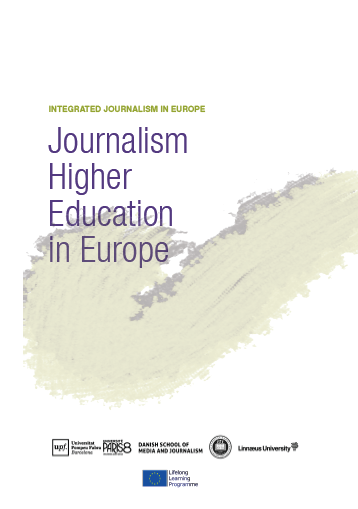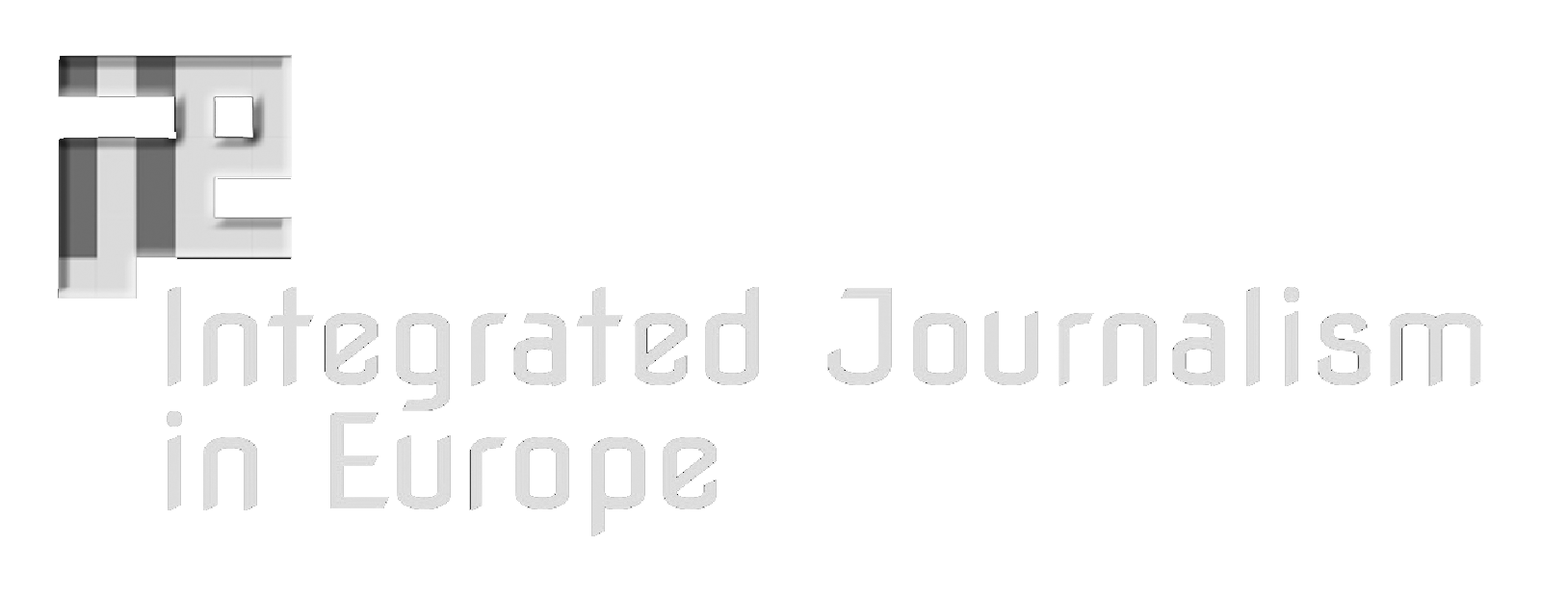 As a valuable output of the aforementioned database, this electronic guidebook provides a general overview of the current situation of journalism education in Europe. The document offers an insight into the teaching of journalism in each of the countries, including data about its history, structure and the organization of the studies. We need to consider that journalism throughout Europe is addressed in very diverse ways, according to the different countries and their social, political, economical and media contexts. The institutions at which journalism is taught in each country, both at graduate and postgraduate level, are thoroughly identified. The document:
As a valuable output of the aforementioned database, this electronic guidebook provides a general overview of the current situation of journalism education in Europe. The document offers an insight into the teaching of journalism in each of the countries, including data about its history, structure and the organization of the studies. We need to consider that journalism throughout Europe is addressed in very diverse ways, according to the different countries and their social, political, economical and media contexts. The institutions at which journalism is taught in each country, both at graduate and postgraduate level, are thoroughly identified. The document:
-
Examines the amount of practical teaching that universities provide, as a key indicator for assessing the level of professional simulation that those institutions foster.
-
Identifies the journalistic products that students create.
-
Presents the relationships established between academic institutions and media companies (internships, resource sharing, collaborations to broadcast or publish student output to list but a few).
-
Acknowledges the existence of media outlets run by students, universities and faculties in various forms (print, online, TV, radio), and mentions the specific contents that those outlets tend to cover.
-
Delves into the number of academic degrees, both undergraduate and graduate levels, which offer partly or fully integrated courses.
When approaching the resulting data and the trends detected, one has to be aware of their volatile nature. Journalism education is changing at an accelerated pace due to the emerging changes in European media organizations. Therefore, curricula are constantly being modified to adapt to those changes and the approach to existing courses (both theoretically and practically-oriented) will be surely redefined. That is the reason why this guidebook aims to be a valuable starting point to continue researching on the situation of the teaching of integrated journalism in Europe.
